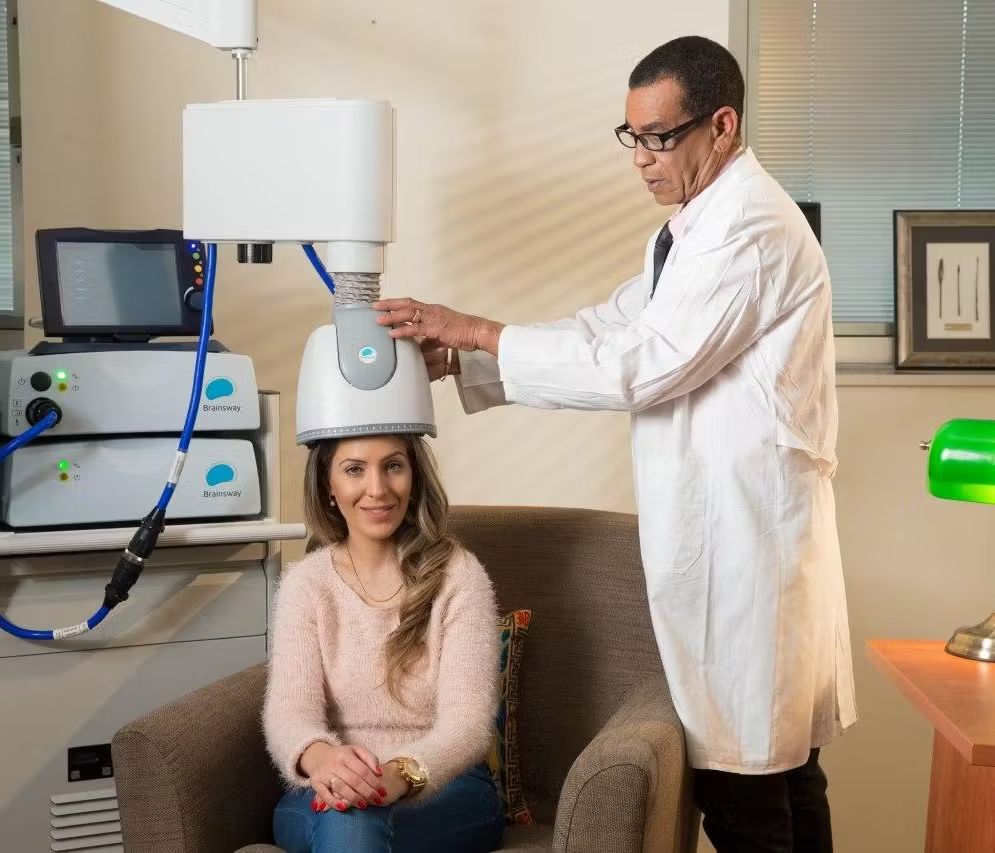Transcranial Magnetic Stimulation (TMS) therapy is gaining recognition as an innovative treatment for managing anxiety disorders. By using magnetic fields to stimulate specific areas of the brain, TMS provides a non-invasive alternative to traditional interventions, such as medication or therapy. Here’s how TMS presents a practical solution to anxiety with an intensive outpatient program:
How TMS Works
TMS therapy works by delivering electromagnetic pulses to targeted regions of the brain, specifically those associated with mood regulation and anxiety. These pulses stimulate nerve cells, promoting changes in brain activity that may have been disrupted by anxiety. This process is conducted in a controlled environment using specialized equipment, with the patient remaining fully awake during each session.
Treatments are typically painless and brief. Unlike medications, which affect the entire body, TMS targets the brain’s prefrontal cortex, an area associated with emotional responses. This targeted mechanism avoids some of the systemic side effects often associated with pharmaceutical treatments.
TMS and Anxiety
The connection between TMS and anxiety lies in its ability to recalibrate brain activity. Anxiety often results from overactivity in certain brain regions, leading to heightened fear responses, intrusive thoughts, and physical symptoms like rapid heartbeat or shaking. By balancing activity in these areas, TMS may help reduce the intensity of such symptoms over time.
Patients typically undergo multiple sessions with an intensive outpatient program. Research has shown that individuals with Generalized Anxiety Disorder (GAD), panic disorder, or other related conditions experience significant symptom relief after completing a course of TMS therapy. For those who have tried traditional methods without success, TMS provides a fresh approach.
Benefits of TMS
When compared to medication or talk therapy, TMS offers several unique benefits. Medications used for anxiety often come with side effects such as fatigue, nausea, or dependency risks. For some, these drugs may take weeks to take effect or may not work as intended. TMS introduces no risk of chemical dependency and works directly on the brain’s activity patterns.
Therapy, though effective, requires a substantial time commitment and relies heavily on a patient’s willingness to explore difficult emotions. TMS complements or even substitutes these treatments by offering relief without emotional labor, making it an ideal choice for individuals seeking alternative solutions. Though every case is different, this sustained relief is a significant draw for individuals exploring lasting changes.
Managing Side Effects
Some individuals may experience minor discomfort during the initial sessions. These side effects are typically short-lived and manageable under the guidance of trained professionals. Clinicians carefully monitor each patient’s response and adjust treatment protocols accordingly. Unlike medication-induced side effects, those stemming from TMS don’t linger or interfere significantly with a person’s daily routine.
Find an Intensive Outpatient Program
TMS therapy represents a step forward in anxiety treatment, blending cutting-edge technology with practical outcomes for patients in need. Its targeted approach, lack of systemic side effects, and proven success stories make it an attractive choice for individuals seeking solutions beyond traditional methods. For anyone struggling with anxiety, exploring TMS alongside a trusted healthcare provider could open the door to a solution.
